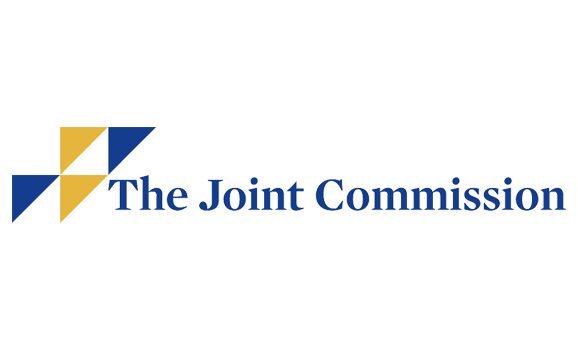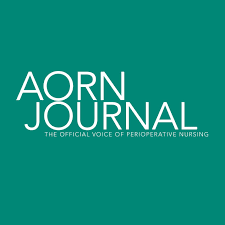Navigating OR construction design, compliance, approval in a booming ASC market

Editor’s Note: This page is a companion piece to the main article, Proper planning prevents OR construction, renovation cost creep. It brings together four focused updates on OR and ambulatory surgery center (ASC) construction and renovation: Regulatory shifts: The Joint Commission's updated safety and sustainability requirements for hospitals and ASCs, including new…
Mobile ORs can change the game, bridge gaps in surgical care

Imagine an innovative, safe, and highly efficient OR not confined by walls but on wheels—crossing rugged terrains, bustling cities, and disaster-stricken areas to deliver life-saving surgical care in underserved areas. That is the premise and promise of mobile ORs. They are not just mobile units. With some of the technological…
The Joint Commission announces accreditation overhaul

Editor's Note The Joint Commission has launched a major redesign of its healthcare accreditation and certification programs with Accreditation 360: The New Standard. According to a June 30 announcement, the new framework introduces outcome-focused performance tools, eliminates hundreds of requirements, and promises to made standards publicly accessible. Reportedly supported by…
Revised sterilization standards demand urgent attention from perioperative leaders

Editor's Note New and revised sterilization and reprocessing standards are reshaping the landscape for sterile processing departments, placing greater emphasis on chemical modalities, device-specific protocols, and system-wide quality management, according to the Healthcare Purchasing News May 27 update on compliance and standards. Among the most significant developments is the overhaul…
Poor documentation, positioning top risks in perioperative malpractice cases

Editor's Note Failure to document thoroughly, position patients safely, and follow facility policies are leading causes of malpractice claims against perioperative nurses, according to an analysis published in the AORN Journal on May 28. Although physicians are more frequently named in malpractice suits, nurses are the primary provider responsible in…
The Joint Commission, CHAI collaborate on scalable health AI standards

Editor's Note The Joint Commission and the Coalition for Health AI (CHAI) are partnering to set national standards for responsible artificial intelligence (AI) use in healthcare, according to a June 11 announcement from the organizations. This effort will deliver AI implementation guidance, tools, and a certification program to over 80%…
GAO calls for stronger national testing strategy in public health emergencies

Editor's Note The US Government Accountability Office (GAO) is urging the Department of Health and Human Services (HHS) to strengthen its approach to diagnostic testing during a pandemic or other public health crisis, citing ongoing gaps in leadership, coordination, and readiness, according to a June 5 report from the Center…
Standards strengthen sterilization, disinfection process chains

Preventing infection from contaminated surgical tools requires attention to every link in a complex chain of processes, from point-of-use pretreatment in the OR to the moment the freshly disinfected or sterilized item arrives at the next patient’s bedside. For those on the front lines, manufacturers’ written instructions for use (IFUs)…
Continuum-based protocol offers new strategy for preventing PONV after thyroidectomy

Editor's Note Postoperative nausea and vomiting (PONV) remain a significant concern in thyroidectomy patients, with incidence rates reaching up to 80% in high-risk groups, Medical Dialogues April 25 reports. Despite effective intraoperative and postanesthesia care unit (PACU) protocols, gaps often arise during patient transitions to wards or intensive care units,…
Fresh tools, talking points drive sharps safety culture shift

Takeaways • The prevalence of needlesticks and other sharp object injuries to OR team members is 42.8%, an increase of 16% over the past decade. • New research and perspectives are shaping the discourse around sharps safety, such as new and expanded evidence-based practices presented in AORN’s 2025 update to…

 Free Daily News
Free Daily News